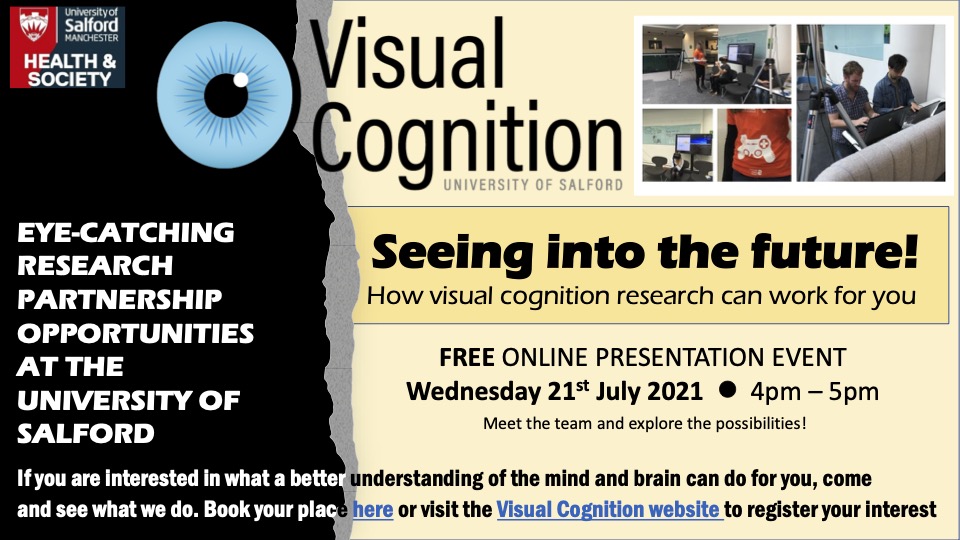Dr Simon Cassidy
Computer vision syndrome? You can be forgiven if you’ve never heard of it or are tempted to pull a wry smile at the term. In fact, it’s a recognised disorder.
‘If you suffer from dry, itchy, sore or tired eyes, blurred vision or headaches, you could be experiencing the symptoms of computer vision syndrome, or ‘digital eye strain’. ‘

It may be caused by a tendency to reduce the number of times we blink, blink frequency, when we are looking at a computer or other digital device’s screen.
Blinking is something we do automatically, imperceptibly. It’s a natural, instinctive reflex. You’re not likely to pay much attention to whether you’re blinking or not or when to blink or how often you’re blinking. That’s unless you’re having a staring competition or you’re a movie actor trying to make the most of your close-up. After all, why would you?
‘Blinking is critical to maintaining the health and functioning of your eyes.‘
Photo by Perchek Industrie on Unsplash
When we blink, tear film consisting of layers of water, oil, and mucus produced by the tear (lacrimal) glands, which are located inside the eye lids, passes over the eye, removing small dust particles and moistening the eye. This protects the eye by removing debris and lubricating the cornea, the protective layer covering the eye. Blinking also delivers protein (via the secretory mucin MUC5AC), nutrients, anti-bacterial agents, enzymes, and oxygen to the eye, which doesn’t have its own blood supply, reduces the risk of eye infections and provides an opportunity to ‘rest the brain’ and refocus attention.
We blink on average around 15 to 18 times a minute.
‘Reports suggests that blink frequency decrease by 66% when we are looking at a screen.’
This is partly explained by the fact that we blink less when we are concentrating and processing information, known as cognitive demand. We blink less when we’re watching a film and tend to blink at the end of a sentence when we are reading. Poorer quality blinks, known as incomplete blinks, are also more evident during screen viewing, resulting in less effective lubrication because the tear film is not spread evenly over the entire eye.
Blink frequency studies comparing printed page (books etc.) with computer screens are often small and inconclusive. So there is some disagreement as to whether there is a real difference in how often we blink under these two conditions. But symptoms of computer vision syndrome were much worse after sustained computer use compared to working from printed pages. Incomplete blinking (poor quality blinking) then, rather than blink frequency, may be the key to explaining why we suffer the effects of long periods working at a screen.
‘A major growth in the adoption of educational learning technology pre-pandemic has ‘surged’ since the advent of COVID 19.’
Pre-pandemic surveys suggested that we spend seven hours a day using screens.
‘COVID 19 brought a new emphasis to digital technology and a widely reported increase in screen usage, particularly in 16–24-year-olds.’
For students and teachers having to learn and teach exclusively online, relying on computer screens of varying quality and working in makeshift ‘offices’, the risk to eye health and exposure to computer vision syndrome has increased. And while we are moving to a more balanced blended approach as we emerge from the full impact of the pandemic, there is likely to continue to be increased emphasis on online learning. Studies conducted pre-pandemic report a high prevalence of computer vision syndrome, including severe eye strain, in university students. One large scale study conducted with medical students found that 95% reported symptoms of computer vision syndrome, with major risk factors identified as long periods of study at the computer screen, distance from the screen and brightness and contrast of the screen. Post-pandemic studies, with students’ increased reliance on computer screens, are likely to report similar or worse outcomes.
‘One suggestion to help mitigate the effects of long periods working at a screen is the 20-20-20 rule.’
When you’re working at a computer, every 20 minutes look up for 20 seconds and focus on an object 20 feet away. Other suggestions include being more aware and making a conscious effort to blink and blink completely, reducing screen glare by adjusting lighting, screen position or using a screen filter, using eye drops, adjusting screen contrast and brightness to avoid straining your eyes, limiting screen time in the evening when lighting can be poorer and you are more likely to be tired. There’s even a downloadable app that uses a camera to detect and monitor your blinks while you are working, reminds you to blink and offers blink training exercises.
‘We should all have a self-care plan to maintain our wellbeing, make sure you don’t ‘overlook’ your eyes.’
Looking after your eyes will help protect your vision. It’s increasingly important that we do this routinely as part of how we adapt to more of our daily lives spent looking at screens to help us function in and out of work. The ‘BIG (Blinking Is Great) is Beautiful’ life hack for healthy eyes is worth remembering.





